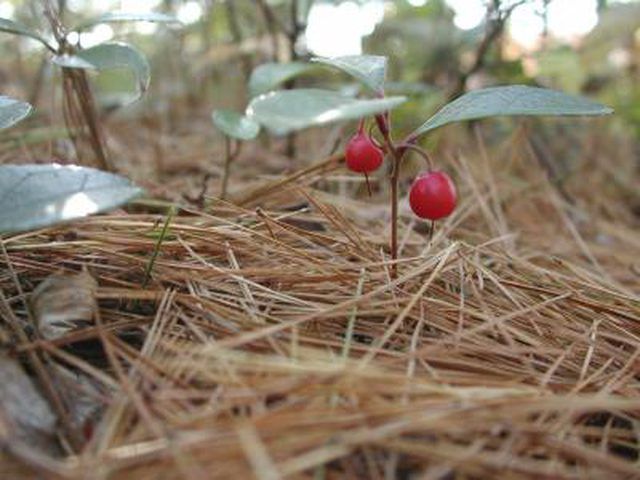Bulbs
Flower Basics
Flower Beds & Specialty Gardens
Flower Garden
Garden Furniture
Garden Gnomes
Garden Seeds
Garden Sheds
Garden Statues
Garden Tools & Supplies
Gardening Basics
Green & Organic
Groundcovers & Vines
Growing Annuals
Growing Basil
Growing Beans
Growing Berries
Growing Blueberries
Growing Cactus
Growing Corn
Growing Cotton
Growing Edibles
Growing Flowers
Growing Garlic
Growing Grapes
Growing Grass
Growing Herbs
Growing Jasmine
Growing Mint
Growing Mushrooms
Orchids
Growing Peanuts
Growing Perennials
Growing Plants
Growing Rosemary
Growing Roses
Growing Strawberries
Growing Sunflowers
Growing Thyme
Growing Tomatoes
Growing Tulips
Growing Vegetables
Herb Basics
Herb Garden
Indoor Growing
Landscaping Basics
Landscaping Patios
Landscaping Plants
Landscaping Shrubs
Landscaping Trees
Landscaping Walks & Pathways
Lawn Basics
Lawn Maintenance
Lawn Mowers
Lawn Ornaments
Lawn Planting
Lawn Tools
Outdoor Growing
Overall Landscape Planning
Pests, Weeds & Problems
Plant Basics
Rock Garden
Rose Garden
Shrubs
Soil
Specialty Gardens
Trees
Vegetable Garden
Yard Maintenance
How to Grow Wintergreen
How to Grow Wintergreen. Success with wintergreen (Gaultheria procumbens) depends on replicating this native ground cover's natural growing conditions. Extra gardening steps are worth the effort -- wintergreen delights in every season. Spring flowers and persistent berries play off evergreen foliage and fall color with rewarding, year-round...

Success with wintergreen (Gaultheria procumbens) depends on replicating this native ground cover's natural growing conditions. Extra gardening steps are worth the effort -- wintergreen delights in every season. Spring flowers and persistent berries play off evergreen foliage and fall color with rewarding, year-round results. The famous essential oil is an added bonus.
Climate Considerations
Native to the eastern United States and Canada, wintergreen flourishes in U.S. Department of Agriculture plant hardiness zones 3 through 8. Regions with cool summers and low humidity suit the plant best. With added mulch protection or reliable snow cover, it even withstands winters into USDA zone 2. Cold autumn temperatures add red and purple tones to wintergreen's glossy, aromatic leaves. Space plants at 10- to 14-inch intervals for a dense, low-growing, cool-climate cover.
Sun Allowances
In its native woodlands, wintergreen often lives in full to partial shade, but the best flowering and fruit occurs in woodland openings where sun shines in. Encourage flowers from late spring through summer with sites that pair morning sun with shade during hot midday hours. White berries replace the blooms and turn brilliant red by fall. Winter months find them firmly still in place. Foliage and berries both provide wintergreen oil, the favored flavor once used in everything from teas to chewing gum. The oil content in leaves peaks during sunny, summer months.
Soil Requirements
Wintergreen relies on highly acidic soil to keep needed nutrients most available. Optimal soil pH ranges from 4.5 to 6.0, with 7.0 its upper limit. Working generous amounts of organic compost or peat into garden soil enhances acidity over time, but fighting alkaline soil never ends. Wintergreen does well in containers, giving high-pH gardeners a simpler alternative. Garden-planted wintergreen's underground stems slowly spread to form a fragrant, 3-foot-wide carpet. Roots anchor them all along their lengths, but they stay in the soil's uppermost inch. A pine-needle mulch keeps roots cool and moist and adds acidity as it decomposes.
Water and Fertilizer Needs
Wild wintergreen often grows near wetlands. Established plants tolerate drier soil, but young plants need consistent moisture and good drainage. Even mature plants succumb to extremes of drought or water-logged soil, growing best in evenly moist, well-drained soil instead. Acid-enhancing fertilizers may benefit garden-grown wintergreen. Often labeled for acid-loving plants, these fertilizers provide nutrients, add iron and temporarily lower soil pH. Mix 1 tablespoon of water-soluble, 30-10-10 acid fertilizer with 1 gallon of water. Water the plant's soil with the solution every seven to 14 days, as desired.